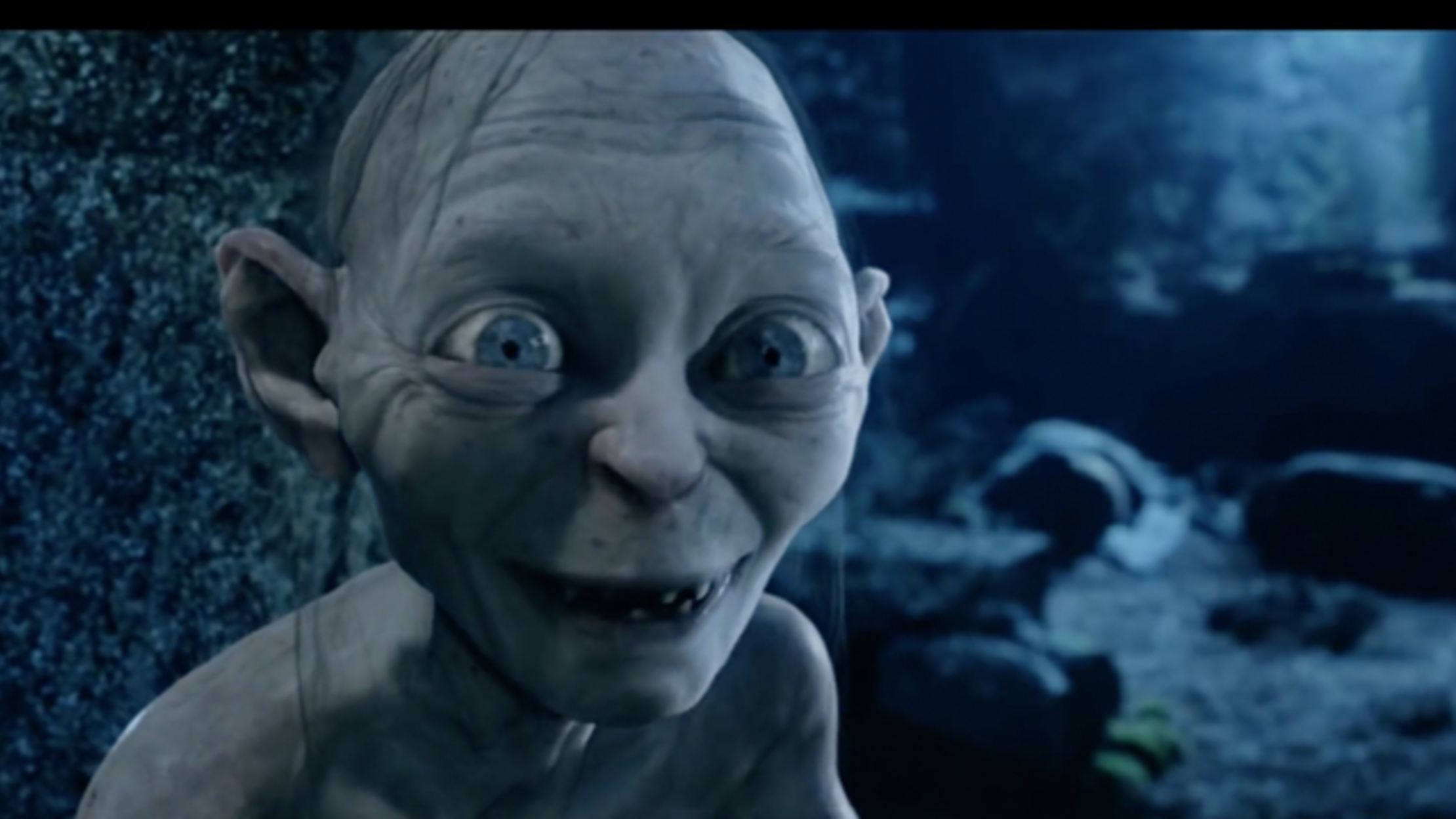

Legolas would have leaped down gracefully with his eyes closed, laughing at the other two all the way. This, simply put, would never have happened in Book III. The same could be said for Frodo and Sam meandering through Emyn Muil, struggling to find a way down. While Sam’s opening line sounds different, it’s also stating a fact that carries over nicely from Book III. “The Palantír” ended on a note of barely-managed chaos, characters fleeing off into uncertainty in the middle of the night. But at the same time, there’s a nice thread of thematic continuity as well. We’ve been dealing with things on the scale of the whole of Middle-earth, with wizard and kings (and lorldly hobbits). We drop immediately into dialogue, with Sam Gamgee saying “Well, master, we’re in a fix and no mistake.” It’s jolting at first: Sam’s one of the only lower-class characters in the book, and his dialect simply sounds different than the tones we’ve heard in the pages before. Reaching Forward, Reaching Backįrom the start, “The Taming of Sméagol” both looks back towards the past and ahead towards the future. But “The Taming of Sméagol” is a well-crafted reorientation, one that manages to tie the narrative back to Book III, but also to establish it on firm footing, heading towards something new. In short, it’s something that could very easily have gone very wrong.

And he was required to shift from a narrative that recently featured night battles, tree attacks, wizard showdowns, and a vocal cameo by Sauron himself, to one that features… lots of walking. He was required to shift a narrative from a collection of uber-competent travelers (including a lost king, a demigod wizard, and a near-immortal tree shepherd) to two hobbits wandering around in the hills, and Gollum, who in lesser hands could have turned into a traumatized, shrieking frog. He was required to zoom back in time to characters that hadn’t appeared for – in my edition – 243 pages.

Tolkien was faced with a difficult task here. And that’s simply because “The Taming of Sméagol” does it in such an interesting, masterful way. I’m going to risk talking about it one more time, at the risk of getting repetitive. As we’ve made our way further through The Lord of the Rings, I’ve become fond (too fond?) of talking about pivot points: places where the narratives shifts and reorients itself.


 0 kommentar(er)
0 kommentar(er)
